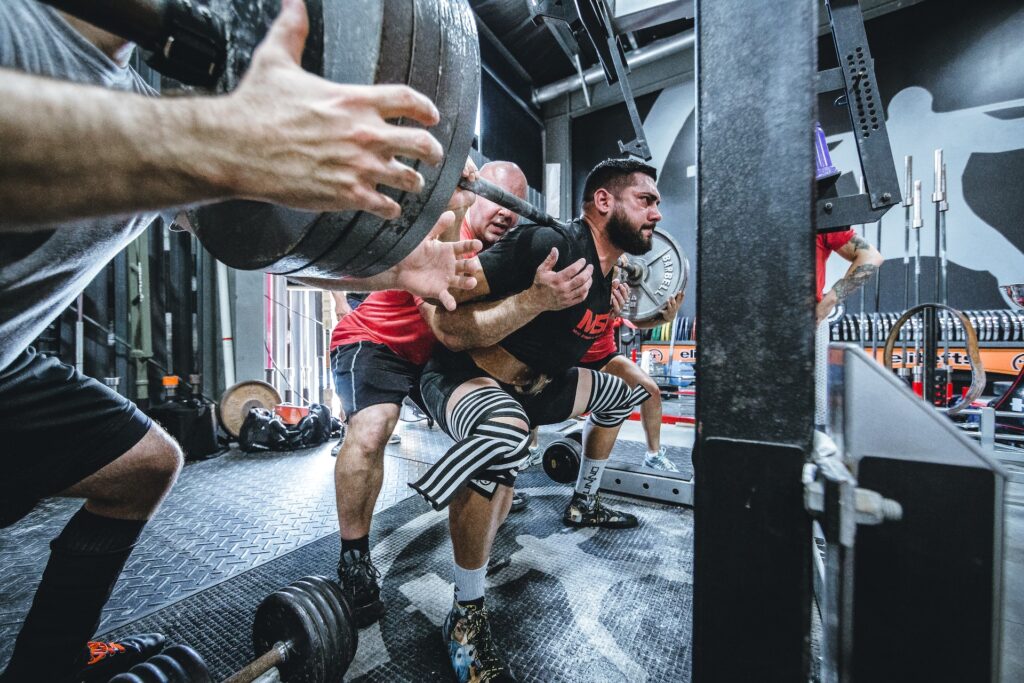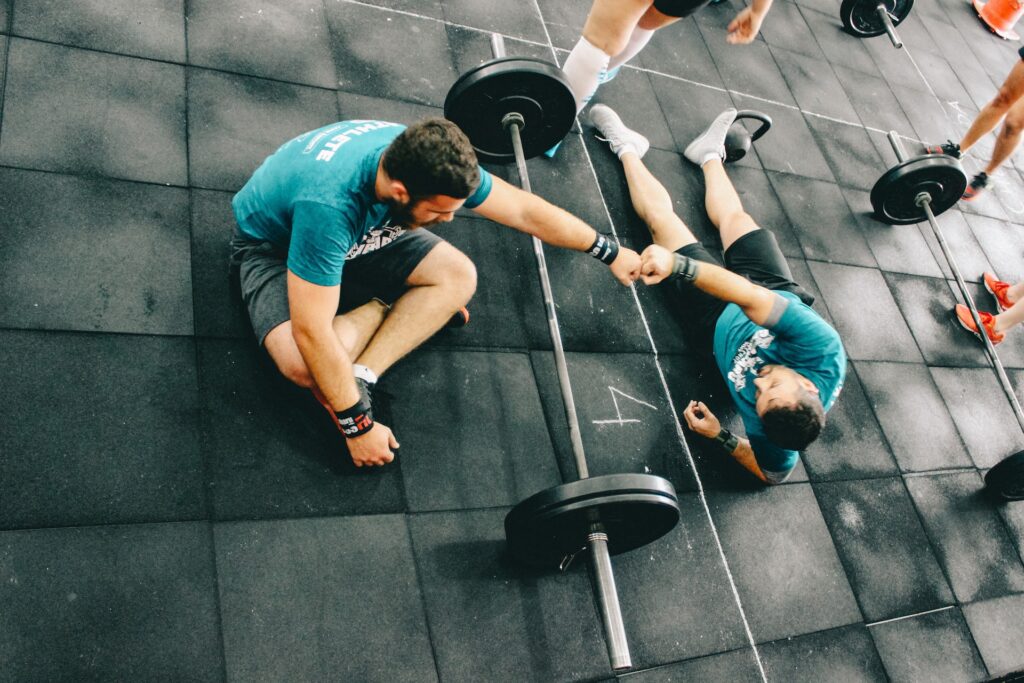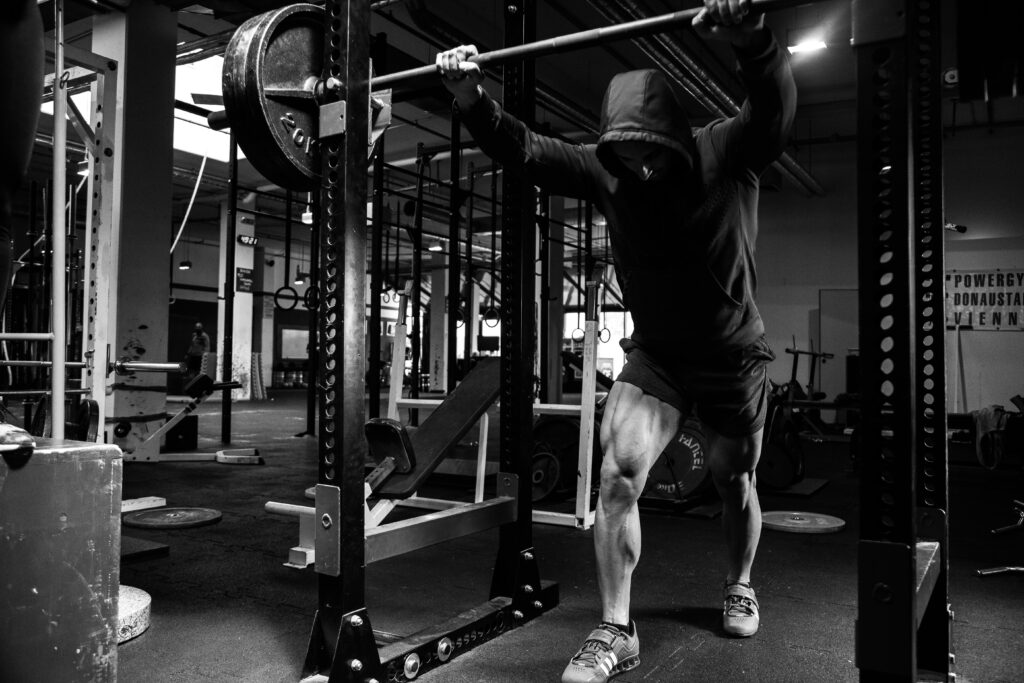What is stimulus to fatigue ratio?
Think of this as a hybrid between return on investment and risk to reward ratio. Stimulus to fatigue ratio can simply be seen as the amount of stimulus that target muscles receives in relation to the amount of local (muscular) fatigue and systemic (bodily) fatigue acquired. In an ideal world, we want as much stimulus with as little fatigue as possible as this would ensure high quality work from start to finish within the session.
There are movements that generate low levels of stimulus and high fatigue, there are movements that generate high levels of stimulus and high levels of fatigue and there are movements that generate high levels of stimulus and ‘lower’ levels of fatigue.
The aim is to look for a training method that provides high stimulus with lower levels of fatigue. We would say lower rather than low because any time the body receives high stimulus in the context of exercise, fatigue is a by-product. This is where various training methods such as the reps in reserve system can come in helpful.
It is also important to separate effort and stimulus. Simply because an exercise is highly exerting doesn’t mean that it will provide the necessary stimulus to grow.

Photo by Alora Griffiths on Unsplash
Example: The conventional deadlift is a fantastic exercise for working through multiple joint motions and muscles, however it lacks the ability to take the target muscles through a significant range of motion. If the user was looking to target the hamstrings purely for muscle growth then they could therefore swap to a stiff leg or Romanian deadlift to shift the emphasis to the target muscle and get more stimulus and better muscle recruitment.
Although both are highly exerting, the SLDL or RDL will have a better stimulus to fatigue ratio as they provide the target muscle with more stimulus. We can take this a step further and compare this to the seated leg curl. This trains the hamstrings is the lengthened or stretched position just like the RDL with knee flexion rather than hip extension. This has an even better stimulus to fatigue ratio because there is less co-ordination and compensation, the machine runs in a fixed path, has a stable environment and the ability to brace and not to mention trains all three hamstring muscles heads rather than the RDL or SLDL only training two hamstring muscle heads. This doesn’t mean the seated leg curl is better, it just means it offers something different and can therefore be used in combination.
It’s important to be aware of this as it can drastically impact the session as a whole both through total energy levels and set quality. The aim is to ensure that every exercise is performed to the highest level of quality available, and this can only be done by managing fatigue and correctly ordering the movements within the session.

Photo by Alora Griffiths on Unsplash
How to know if you’re accruing too much fatigue
Measuring fatigue will be subjective and has the possibility to vary from day to day meaning it may not be the entire training programme causing an issue and could instead be just one session or one movement.
CNS fatigue
The most prevalent will be systemic and central nervous system fatigue. The feeling post set of feeling shaky, weak, out of body, lightheaded and so on. Generally bought about via extremely high intensity movements involving multiple working parts such as a deadlift or squat variation. Due to the volume of bracing and muscle recruitment, the lifter may exceed their CNS work capacity and due to this, neurons stop firing at the same speed resulting in delayed messaging between the spinal cord and brain, giving the appearance of tiredness and therefore an inability to continue at the same rate or at all.
Mid set form breakdown
This can commonly occur before CNS fatigue kicks in, especially if the lifter hasn’t yet acquired the skill of that movement pattern or is using an increased and unfamiliar load. This is also highly common in high stability movements where stabiliser muscles are being used to keep joints locked to certain positions. The breakdown usually occurs as the stabiliser muscles and potentially secondary movers fatigue causing the primary movers to compensate, which can then impact the ability to produce force and complete a successful and accurate rep.
Weak links and niggles
This can be directly tied into form breakdown as the weakest link in the chain is usually the area most susceptible to damage/injury. Weak links can be exposed in any movement regardless of stability, co-ordination or experience within the lift. A simple change in the way the rep has been performed from an arm path angle to spinal position can now place a muscle, joint, ligament or tendon in a vulnerable position. As an example, the lying hamstring curl should be used to target the hamstrings, but it requires a high level of bracing via the handles as well as the ability to pin the hips down. Throughout the set, as the body fatigues systemically and the hamstrings fatigue locally, the hips may start to rise placing the lower back (lumbar erectors) in an exposed position, which can therefore fatigue an area not intended to work. The compounding effect week on week may therefore see the back continue to fatigue until that movement can no longer be tolerated or an injury occurs.
Poor session to session recovery
We’ve all had weeks where despite the working muscles recovering, the body as a unit hasn’t caught up. That general underlying feeling of weakness is your sign that you may need to pull back. Its vital to pull back as it will just dig a deeper and deeper hole until training any body part becomes unmanageable, unproductive and the progress you had previously made, starts to dissipate.

Photo by Gordon Cowie on Unsplash
How can we manage our stimulus to fatigue ratio?
Exercise selection
Movements with a good stimulus to fatigue ratio are exercises that include:
- Go through a large range of motion
- Are in a fixed path
- Have the ability to brace
- Require lower levels of co-ordination
- Usually single joint (but not always)
The aim is to tick as many of these boxes as possible and designing most of your training around this while still incorporating multi joint compound exercises. This may see an average chest session incorporate a free weighted press to allow freedom of movement alongside a fixed path chest press and some form of cable or machine fly. In sessions where multiple muscles are being trained such as the quads and hamstrings, you may deadlift on the first leg day and squat on the second leg day. Leg day one could instead have a leg press and leg day two could involve to different angled leg curls.
Session order
This topic is under debate right now and there is no real right answer, just what works for you. If an exercise causes extremely high levels of fatigue, then placing it towards the start of the session therefore makes sense as you are fresh and full of readily available energy. The downside to placing it towards the start is that you may not have effectively warmed up and the CNS may not be sufficiently primed and ready to go undergo your high intensity sets.
You could therefore place exercises that generate low levels of fatigue before the big compound movement to allow for blood flow and sufficient priming. The key here is to not over do it as high levels of generated fatigue before the high exerting lift can then display form breakdown, niggles and excess CNS fatigue.
Appropriate sets/rep ranges
Exercises that have a poor stimulus to fatigue ratio should be limited in sets as we want to ensure session quality remains high across all lifts but also that we get the most bang for our buck. This may see movements such as the barbell squat limited to 1-2 sets while movements such as seated leg curls or leg extensions being able to handle up to 3-4 working sets. The key is to allow all sets to remain productive and able to progress.
Exercises that also contain a poor stimulus to fatigue ratio may also undergo a different rep scheme to mitigate the effects that carry over to other lifts. As an example, a set of 6-8 rep barbell squats are highly exerting and highly fatiguing, however maintaining strict form over a set of 15-20 while still training to failure will generate more fatigue due to the added metabolite build up and lactic acid accumulation and, not to mention the skill and stability needed to work for that period of time.
This also works the other way too. Ensure exercises that have a good stimulus to fatigue ratio are being performed for long enough to experience high levels of mechanical tension and muscle damage such as a tricep extension in a 10-15 rep set rather than over 6-8 rep range.
Training style
The way you train can impact the accumulation of fatigue dramatically. Taking a set close to or to failure will elicit high levels of stimulus and fatigue. We need to take the working muscle close to failure to initiate the adaptive response and this will see us within 5 reps of failure. This therefore means your lower fatiguing movements could then be taken all the way to failure with your higher fatigue movements staying 1-5 reps away to minimise the damage and provide great session quality.
Honest assessment and emotional attachment
Be honest, are you actually getting the benefit of this exercise or are you performing it because of gym culture and the pedestal it’s been placed upon. It’s ok to not feel or rate an exercise as hypertrophy training should be about using the best tools to get the job done.
Emotional attachments to certain movements is something that every avid gym goer has experienced. Detaching from this can be difficult but sometimes the best thing for you as it removes the pressure of performing and challenges you to perform an arguably harder and more beneficial movement. There may be a time where your training style changes and that one movement being incorporated makes sense, so think of it as a temporary rather than permanent change.
___
If you want to see more information on training intensity, see my latest Instagram posts at @the_biomechanics_coach. Or, if you are interested in exploring other areas of your training and becoming the best athlete you can be, what about reading my last post on 10 steps for effortless fat loss.



